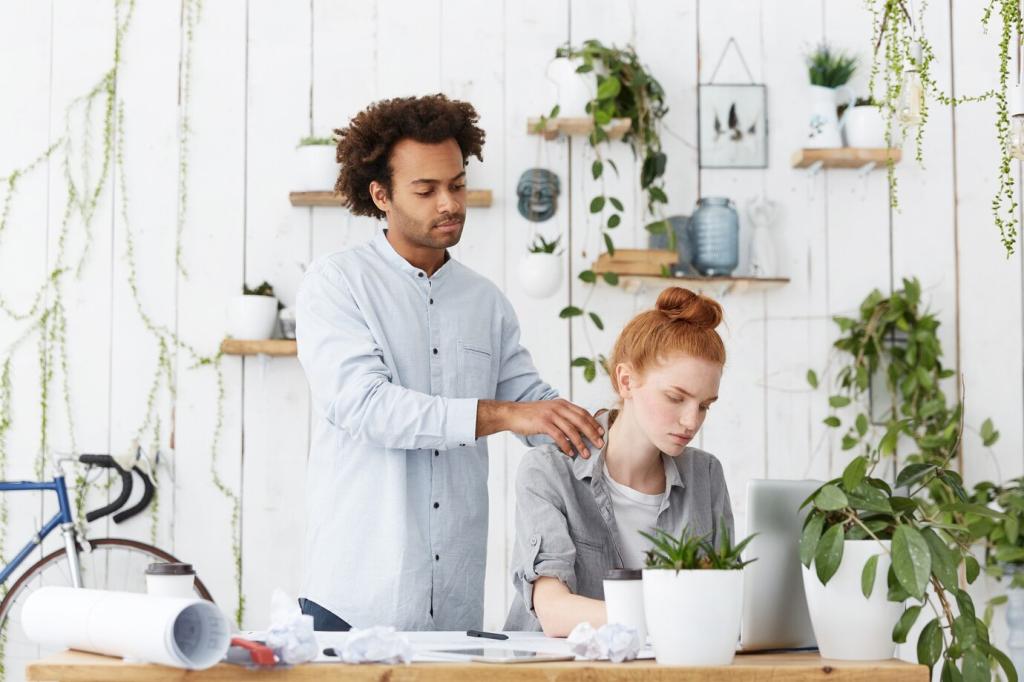From Scraps to Showpieces
Combine mixed hardwood scraps into a mosaic top with careful orientation of grain. The subtle shifts in color read like a landscape. Share your layout sketches and clamping strategies, and weigh in on which natural finishes enhanced the patchwork without masking the story.
From Scraps to Showpieces
Old hinges, knobs, and keyholes become sculptural accents. Clean gently to preserve patina, then highlight with a satin oil. Post your favorite hardware rescue story—perhaps the brass pull that once lived on a school desk now anchors a hallway conversation starter.

